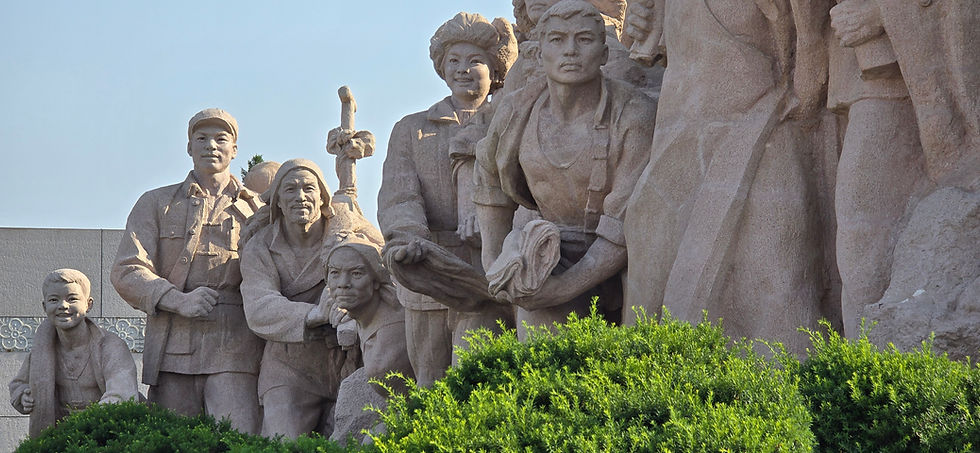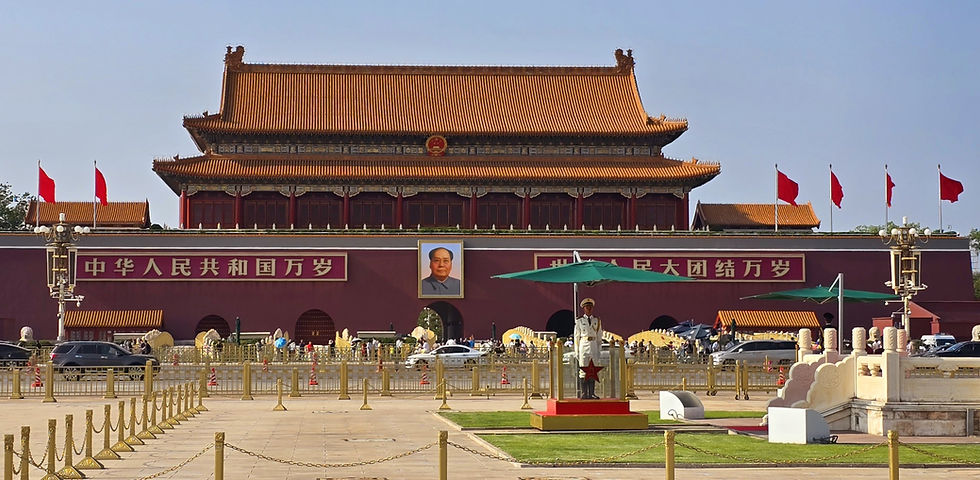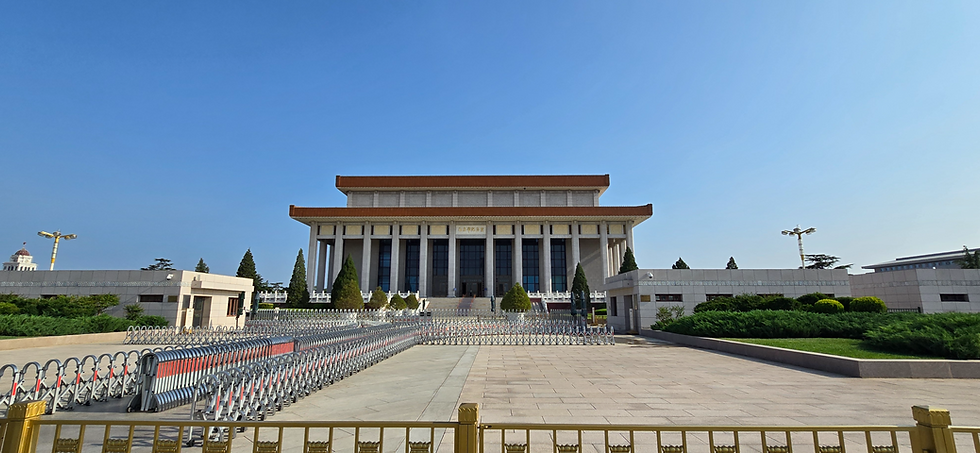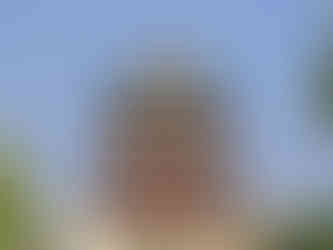Tiananmen Square
- Shannon
- May 12
- 4 min read
Updated: Jul 30
Beneath the Red Flag
Located in the heart of Beijing, Tiananmen Square was originally constructed in 1651 under the directive of the Ming Dynasty as a grand ceremonial gateway and public plaza leading to the Forbidden City. Intended as a space that connected the imperial court with the people, it served both symbolic and practical purposes. In the tumultuous 1950s, following the establishment of the People's Republic of China, the square underwent significant expansion. This transformation reflected the new regime’s desire to showcase national unity, revolutionary ideals and a powerful shift from imperial tradition to modern statehood.

Ironically, the name translates to the "Gate of Heavenly Peace"
During the leadership of Mao Zedong, whose image still hangs above the Heavenly Peace Gate to the Forbidden City, the public square was significantly expanded to accommodate the growing influence of the People’s Republic of China, and today, it can hold over a million people. It remains a focal point in modern Beijing, serving as the site for grand military parades, significant political gatherings and major public celebrations that mark pivotal moments in the country’s history.
The large obelisk located at the south of the main gate is called "The Monument to the People's Heroes". It was erected in 1958 and was built to honour all the martyrs who fought for China's liberation, particularly through the establishment of the Republic. It is an important symbol of China's modern history, commemorating the lives of all who fought against imperialism and for the cause of national independence.
Located just south of Tiananmen Square, the Zhengyangmen gate and its accompanying arrow tower once served as the southern guard for the Forbidden Inner City. These strategic watchtower outposts were integral components of the fortified walls that encircled the palace complex, providing a clear vantage point over the surrounding city. The main tower is carefully aligned with a cardinal direction, symbolising the Emperor's power and authority extending over all four corners of the world and beyond, reinforcing the imperial mandate that shaped China's ancient rule.

Near the Mausoleum of Mao Zedong stands the stone statue of the "People’s Liberation Army Soldiers," a striking tribute to the revolutionary soldiers who played a pivotal role in the PLA (People's Liberation Army). This monument honours the sacrifices and contributions of the army, not only during World War II but also in the broader struggles for an independent and unified China. The statue serves as a powerful reminder of the courage and resilience of those who fought for the country’s future.

Mao Zedong (1893-1976) was a revolutionary Chinese leader who played a pivotal role in founding the Republic of China and had immense influence on shaping the political and social landscapes of the country for nearly 27 years. His legacy is complex and controversial. On one hand he is credited with modernising China. He implemented a large-scale redistribution of land, taking from the wealthy and giving to the poor. He improved the public health system and focused on irradiating illiteracy. He encouraged industrial growth and helped China become free from foreign powers. He also encouraged gender equality and enforced legal reforms, allowing women to work and vote.

While Mao's leadership contributed significantly to the modernisation of China, it also had many long-lasting consequences and caused immense suffering for many people. His most disastrous policy was called "The Great Leap Forward". He aimed to industrialise & collectivise the agricultural system but instead forced a national famine, killing in excess of 45 million people, plunging China into economic collapse. He persecuted (and sometimes executed) intellectuals & teachers and destroyed thousands of historical sites, artefacts and books. Mao's policies were intended to transform China into a industrial powerhouse, however the long term effects of his reign has left deep, generational trauma on Chinese society. The wounds of the cultural revolution, the monumental amount of deaths during the Great Leap Forward and widespread repression affected the Chinese people immensely and the scars are still felt today.

This famous blurry image was sourced from the interwebs, photographer unknown
Although it is mostly taboo and erased from Chinese history, one event marks a significant focal point on the international stage. Precipitated in 1989 by the death of a prominent and popular pro-reform politician, student-led demonstrations led to many weeks of violent confrontations and stand-offs between the people and the national army. Culminating in the historic square on the 4th June, troops were directed by the government to engage in bloody clashes with civilian demonstrators and several thousand people were slaughtered in front of the worlds media.

Today, Tiananmen Square stands as an iconic and politically significant landmark in the heart of Beijing. Surrounded by monumental structures, it reflects the immense political power and rich historical legacy of China. The square continues to be a focal point of national identity, symbolising both the country’s past struggles and its modern achievements.

🗺️ Location
West Changan Street, Dongcheng District, Beijing, China
🚆 How to get there
The most convenient way to reach the square from Beijing is by taking subway line 1 to Tiananmen West or East, or line 2 to Qianmen and walk north to reach it. There are also many city buses to take you there. If you don't want to navigate public transport, grab a Didi Taxi for only a few yuan.
⭐ Attraction Info
Tiananmen Square is open between 4am - 10pm and while entry is free, you will require a reservation 5 to 7 days in advance of your visit. WeChat is the easiest way to make your reservation. If you're interested in watching the flag-raising ceremony in the early morning (between 4:40am - 7:40am depending on the season), arrive early for a better view. Expect airport level security with metal detectors and x-ray machines at all entry points and make sure you have your passport on you. There is an additional security check before entering Chairman Mao's Memorial Hall.
天安门广场














